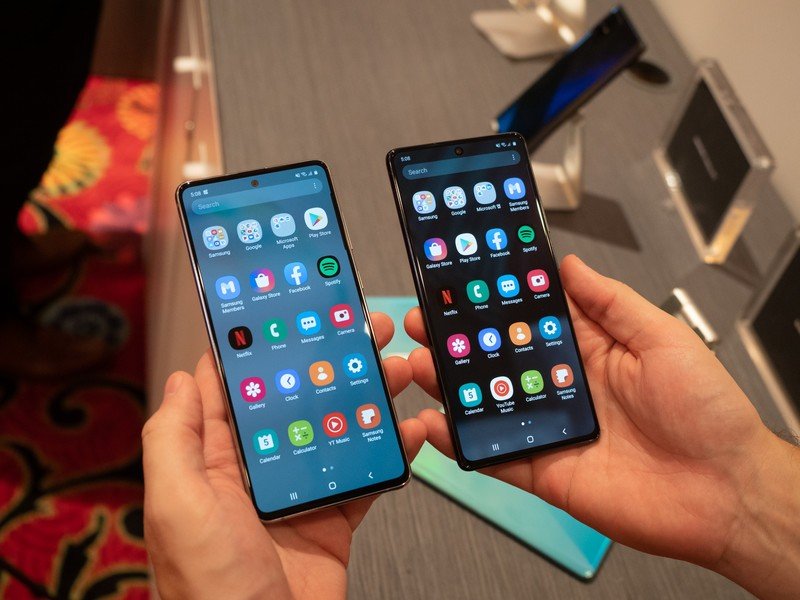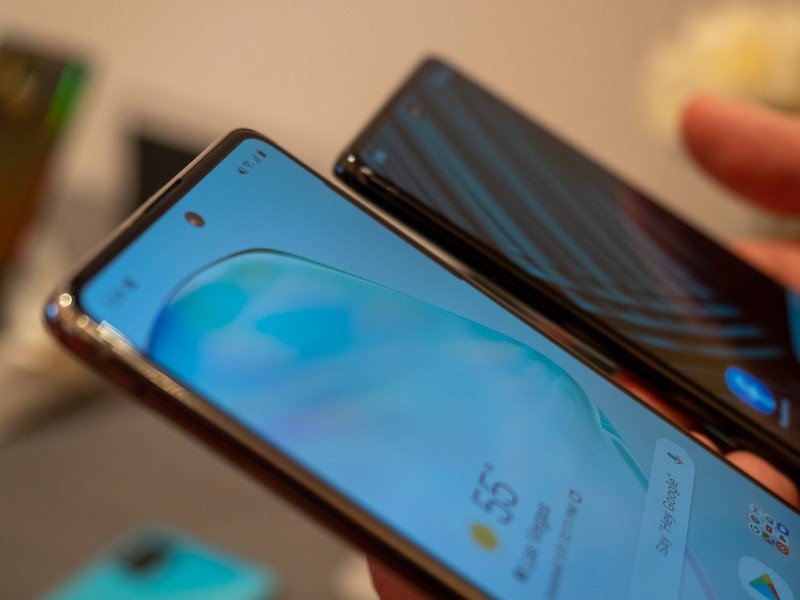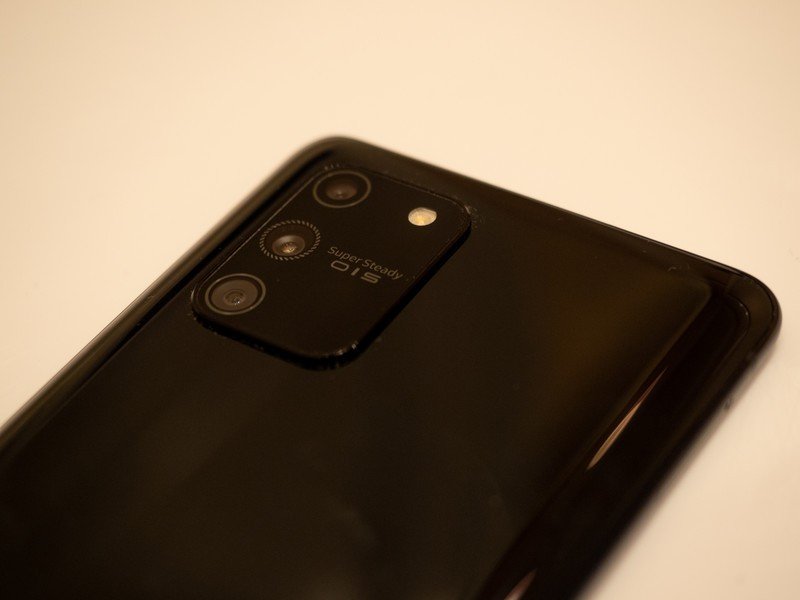Galaxy S10 Lite & Note 10 Lite hands-on: The best of Samsung for less

Samsung's no stranger to strange moves, but announcing the S10 Lite and Note 10 Lite only weeks before it plans to introduce the next flagship Galaxy phones at an Unpacked event on February 11 is one of the weirder things the company's done lately.
The phones themselves, however, aren't particularly remarkable. They're big, rounded hunks of metal and glass, with cobbled-together specs from a bunch of different Samsung phones released over the past year. And we still don't know availability and pricing on either of them, which is even stranger given how quickly they're about to be overshadowed.
Still, it's impressive just how capable these devices are, especially considering they're likely to be priced considerably under what the regular Galaxy phones cost today.
A shared lineage

If you were to look at both of these phones from the front, you'd be hard-pressed to tell the difference. They're more rounded than the Note series, with larger 6.7-inch 1080p OLED displays that, despite the lower resolution, have that near-perfect Samsung quality. They also both have centered camera cutouts, which are relatively small and unobtrusive — way more so than the right-oriented ones on the S10 series.



Source: Daniel Bader / Android Central
Both have USB-C charging ports on the bottom buttressed by a single speaker and, at least on the Note 10 Lite, a 3.5mm headphone jack (the S10 Lite doesn't have one for some reason). Each phone has a massive 4,500mAh battery cell, too, which is much appreciated given the lowish screen resolution — it should be safe to assume this pair's going to offer incredible uptime.
Both phones also share the same RAM and storage counts — 6GB or 8GB of RAM and 128GB of storage — along with a 32MP selfie camera, which is an increasingly important spec in India and China, where both of these phones will likely be very popular.
Be an expert in 5 minutes
Get the latest news from Android Central, your trusted companion in the world of Android
That's where the similarities end, though, and that's where things get a bit weird.
The Galaxy Note 10 Lite

The Galaxy Note 10 Lite is interesting because it shares the same camera setup as its Galaxy Note 10 counterpart — 12MP wide-angle, telephoto and main camera, with OIS on both of the latter — and has an interchangeable S-Pen. Yes, we tried putting it in a regular Note 10 Plus and vice versa and it worked just fine.


But it's powered by an Exynos 9810, the same chip found inside the Galaxy S9 series. That was a pretty poorly received chip in 2018, so the fact that Samsung's drudging it up for early 2020 is an odd choice. It was likely done to bring the price as low as possible without sacrificing other areas of the experience, namely the display, camera, and the S Pen, but it's especially strange when you consider what's in the S10 Lite. Still, without knowing the price, it's hard to put the decision into context — it'll make sense if the Note 10 Lite ends up costing less than the S10 Lite (which, judging by the spec sheet, it should).
The Galaxy S10 Lite

OK, the S10 Lite is a strange beast. It's powered by a Snapdragon 855, but with the same loadout of RAM and storage as the Note 10 Lite. And while it lacks the S Pen of the Note 10 Lite (obviously), it gains a 48MP Super Steady OIS camera on the back, which should provide really nice daytime shots with plenty of detail as well as nighttime shots that avoid the major blur we're used to from Samsung devices.


Source: Daniel Bader / Android Central
The phone also forgoes the Note's telephoto for a 5MP dedicated macro lens, which is increasingly popular in phones coming from budget flagships from companies like Huawei, OPPO, Vivo, and Xiaomi.
The Galaxy S10 Lite, especially in its fetching blue hue, looks more impressive than the subdued Note 10 Lite — its rectangular back camera module is more imposing.
So why do these exist?

It's not clear why Samsung is announcing these phones right now, nor why they exist at all. My immediate thought is that it's to leverage the Galaxy S and Note brands in countries where those devices are often too pricey for the average consumer — again, India and China — without sacrificing what makes those phones worth buying in the first place.
It's also a response to the impressive market share gains made by Redmi and Realme in India, where it's relatively easy to buy a well-stocked device for under $500. That these phones have Samsung's latest One UI 2 build of Android 10 should give them an edge with some consumers — we're just waiting to see how much they cost first.
That last point is especially important when you compare the processors in each phone: one uses a newish Snapdragon chip, while the other has an aging Exynos chip. These decisions may seem incidental, but they were made with a considerable amount of foresight toward their intended markets. It also means that the only version likely to be sold in the U.S., if at all, is the Galaxy S10 Lite — which may be a blessing in disguise given that, in my opinion, it's the far more interesting phone of the two.
Daniel Bader was a former Android Central Editor-in-Chief and Executive Editor for iMore and Windows Central.

